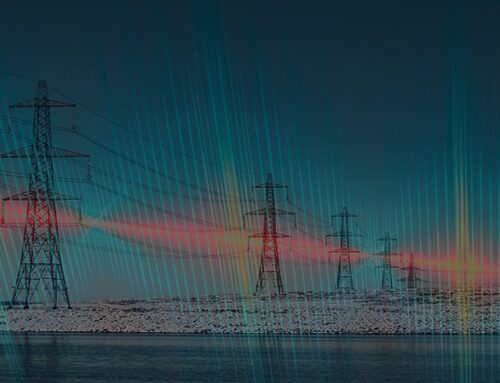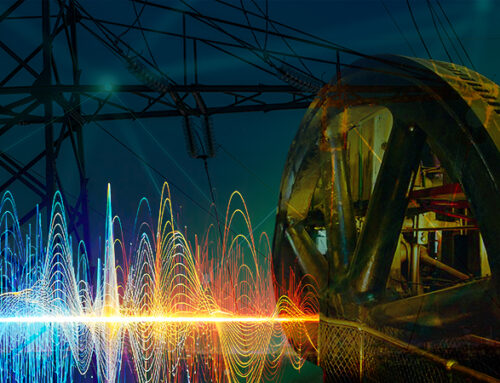National Grid has applied to Ofgem for the recovery of £113m it has committed under two “Black Start” contracts signed with SSE Fiddlers Ferry and Drax power stations in late March this year.
Black Start provisions are incentivised under the Balancing Services Incentive Scheme, a two-year scheme (2015-17) where National Grid is measured against a cost target, receiving a reward/penalty when actual costs are below/above the target. In March 2016, Ofgem issued a mid-scheme update that increased the Black Start target for 2016-17 from £22.35m to a maximum of £34.74m – subsequently National Grid signed the contracts with SSE and Drax.
As a result, National Grid has applied for an adjustment to the incentives under an Income Adjusting Event. IAEs may be granted if the system operator incurs costs that were beyond its reasonable control and were caused by an unforeseen event. National Grid argues in its application that these costs were caused by the unforeseen announcement of closure or mothballing by a number of thermal power stations in February 2016 due to unfavourable market conditions.
Ofgen has launched a market consultation in relation to the IAE application, seeking to determine whether the event qualifies as an IAE, in particular whether it was genuinely unforeseen, and if so whether the costs incurred by National Grid as a result were justified.
What is a Black Start?
While the term “black start” might invoke images of spy films and nefarious activities, it is actually quite mundane. In the same way that car engines require input from a battery-powered electric motor to turn over the engine to get it started, most power stations cannot restart without power, which is usually supplied by the electricity grid. In addition to supplying the power needed to start the turbines, power plants also require electricity to run supporting facilities such as safety equipment, lighting, ventilation, pumps, controls and gauges.
 | In the event of a system-wide blackout, power stations would be unable to re-start without an independent power source – the “black start” capability. Typically this involves a small battery that is used to start a diesel generator which provides the input power to re-start the plant as a whole. Hydro-electric power stations are ideal as black-start sites as they require relatively little power to come online, however thermal power stations can also be used. |
Once a power station is running, it can be used to re-energise the transmission network locally, and provide start-up power to nearby power stations. This process is co-ordinated by the system operator, which will direct the reconnection of loads to the system as additional generation is returned to service, to help stabilise the generation and ensure the correct grid frequency is established. As individual islands of balanced generation and load grow, the system operator coordinates their re-synchronisation into the wider network and service is restored to the remaining customer loads.
Co-ordinating this process is complicated as different generators have different minimum and maximum load limits and maximum ramp rates. As the first generators come back online, the system operator must ensure sufficient load is re-connected to keep the units above minimum load limits, without exceeding their generating capabilities, ramping limits, or voltage-control capabilities.
Electricity market changes impacting Black Start capabilities
This system has worked well for decades, but the re-shaping of the electricity markets due to de-carbonisation threatens the status quo. In the past, the electricity grid was supplied by large thermal and nuclear generators directly synchronised with the grid, providing synchronous inertia to the system, supporting grid stability. Wind and solar generators are not synchronously connected to the grid and have no natural inertia, so as renewable generation displaces conventional plant, the level of inertia in the system declines, making frequency variations more likely. So intermittency means that not only is there a chance that power is not supplied when required, but also that the risk of system-wide outages increases.
Traditional Black Start service providers have seen their utilisation levels fall significantly due to low wholesale power prices and poor spreads. This has led to over 8 GW coal-fired generation closing or being scheduled to close this year alone (although some have secured Supplementary Balancing Reserve contracts, and SSE’s Fiddlers Ferry plant remains open having secured the Black Start contract).
During 12-14 May this year, the total daily coal output close to zero, something that is not believed to have happened since world’s first centralised public coal-fired generator opened at Holborn Viaduct in London, in 1882. This year has seen periods of solar power overtaking coal in its contribution to the UK’s energy supplies.

Low running hours for traditional plant is particularly true in summer, which creates further problems since providers of Black Start services must able to deliver within two hours of receiving an instruction from National Grid. Plant that is not running will go cold after a certain period and will require a longer ramping time before it can deliver power. The need to keep plant warm against a backdrop of poor market spreads means that the Black Start contracts need to compensate generators for remaining warm, ie running when it might otherwise be uneconomic to do so, thereby increasing the costs of the service.
These changes are not really unpredictable. The physical impact of intermittency on the power grid is well understood, and the removal of coal from the system could be predicted from analysing the economics of the plants in question. However the speed with which this has happened may not have been foreseeable at the time of the mid-scheme update for the Balancing Services Incentive Scheme in December 2015.
Ofgem’s consultation will explore to what extent this is the case, and whether the £113m price tag is a proper representation of the cost of the service, or whether more economic approaches might have been found.
Going forwards, National Grid will face an increasing challenge to maintain system integrity in the face of a changing generation mix, and the provision of ancillary services will move from being a supplemental revenue stream for some generators to being their main source of income.






Leave A Comment